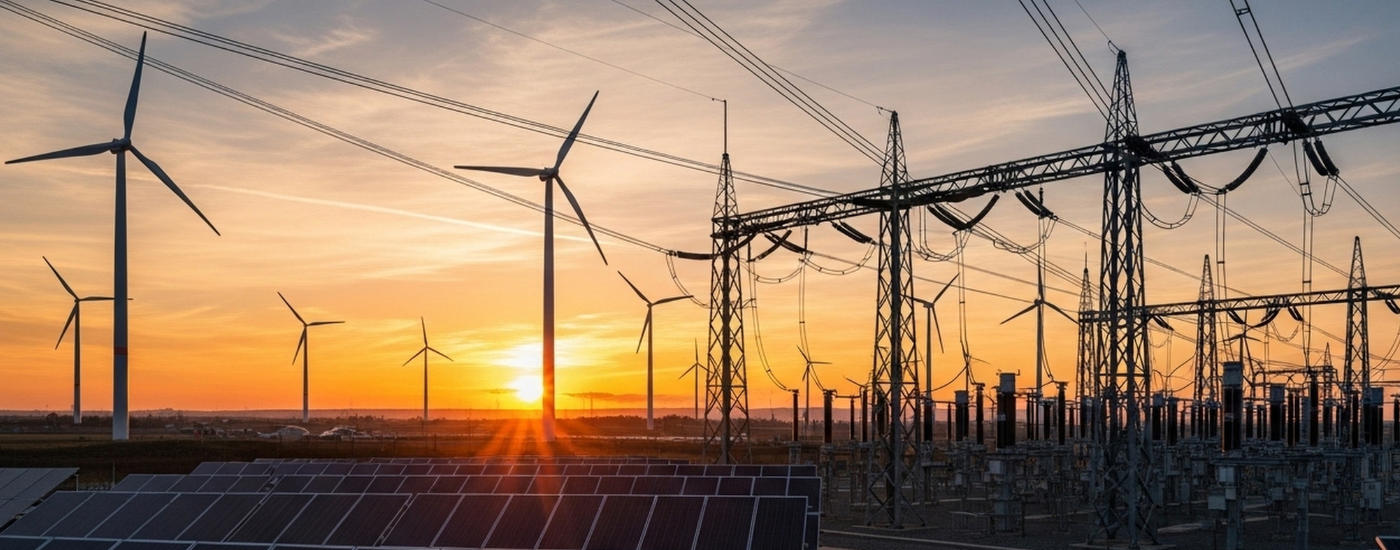The latest summary edition of our monthly Australian energy & environmental market update is now available. Keep reading for energy and carbon pricing movements, policy updates and other news.

This month we cover energy and environmental market movements, the expansion of the Capacity Investment Scheme, early highlights from COP28 and VCMI's new guidance for its Claims Code of Practice.
Keep reading for an overview of key market developments and a discussion of the impact of these announcements.
The full version of the update, with additional commentary from our industry analysts, is available to paid subscribers. Contact our team to find out more.
For a comprehensive update on the ACCU market, read our ACCU Monthly Market Report here.


The Australian Government has announced the Capacity Investment Scheme (CIS) will be significantly expanded to introduce 32GW of new capacity by 2030.
This scheme was expanded on the 23rd Nov 2023 with 9GW of dispatchable capacity and 23 GW of variable capacity nationally, approximately 50% of the NEM’s current capacity
This scheme aims to decrease financial risk for investors through the following mechanism:
These tenders will be awarded through a ‘reverse auction’ model where projects will bid in at the lowest possible price to be underwritten.
The first tender will be in April 2024, with the aim to contract approximately 8GW per year
Further detail on the scheme is yet to be announced.

COP28 commenced on 30th of November, where representatives from 198 member states under the UNFCCC gathered in Dubai for the world's largest climate conference.
The 28th annual Conference of Parties (COP) under the United Nations Framework Convention on Climate Change (UNFCCC) commenced on the 30th of November in Dubai. It is due to conclude on the 12th of December.
The event is not just about negotiations between countries. The vast majority of the nearly 100,000 delegates are representatives of companies, non-profits, youth and Indigenous groups all wanting to make meaningful climate progress. This included our CEO, Chris Halliwell, who was at COP28 as part of the Carbon Markets Institute (CMI) delegation.
This year's COP was centered around the delivery of the first-ever Global Stocktake, an assessment of our collective progress against goals set under the Paris Agreement, and the basis of the course correction needed.
The key themes discussed include:
As the event wraps-up we will have further clarity on the key outcomes and next steps which we will cover in a separate insight article. However, in the meantime here are some early highlights:

The VCMI has released additional guidelines for its Claims Code of Practice to provide companies with a clearer pathway for making claims on their use of high-quality carbon credits.
The Voluntary Carbon Market Institute (VCMI) released an updated guide to its Claims Code just hours before the start of COP28.
It provides a clearer framework for companies making claims about their use of high-quality carbon credits under the Claims Code.
The latest guidance builds on the foundational criterial released in June 2023 and includes:
In the words of Mark Kenbar, Executive Director of VCMI:
“Today’s release of additional guidance means that the VCMI Claims Code of Practice is ready for use and companies can now directly make claims against it. We encourage all businesses to show ambition, make a claim and accelerate global net zero.”
The events outlined in this month's update highlight the evolving nature of carbon and energy markets and the complexity of the net zero transition.
To discuss your unique requirements, get in touch with our team today to see how we can help.
Australian Energy & Environmental Market Update - November 2023

As the NEM Review lands, attention rightly turns to system-level settings. But much of the commercial change shaping renewable and firming supply is already unfolding inside over-the-counter (OTC) energy markets. This article sets out what’s already shifting commercially in a market under review.

As the NEM Review lands, attention rightly turns to system-level settings. But much of the commercial change shaping renewable and firming supply is already unfolding inside over-the-counter (OTC) energy markets. This article sets out what’s already shifting commercially in a market under review.